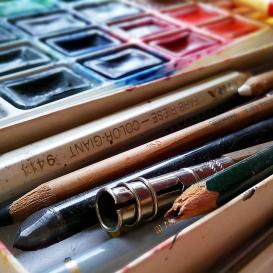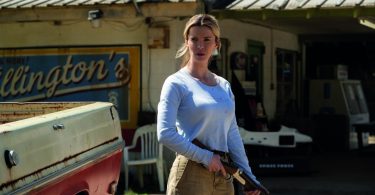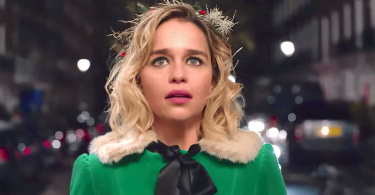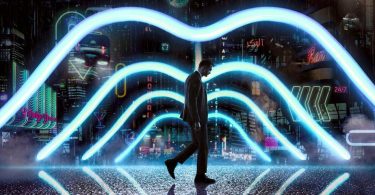2015 was been a rather big year for films, with Marvel’s Ant-Man and the Avengers sequel dominating the summer box office and Spectre and Star Wars: The Force Awakens rounding out the year. Aside from television advertisements, billboards and the growing prominence of online media, the humble film poster is a key element in drawing our interest. But, in an age where Photoshop is the new canvas, are the traditional film posters of the past dead?
Before computers and image editing software became commonplace, the main ways of creating film posters were either through lovingly hand-drawn or painted artwork or by cutting and pasting still images together in a collage style. This gave the artists unbound creativity to represent the film to the best of their abilities.
In serious need of a revival
Of course, artistic expression should be free, and not every poster should be illustrated. But, it seems that the colourful visuals of the traditional film poster have been replaced with a mixture of minimalist images and muted colours. Needless to say, the illustration process is in serious need of a revival.
Film posters need to attract the eye, featuring images that not only stimulate those who see them but also offer some insight into the feel and tone of the film it represents. We not only get that Gone With The Wind is a romantic drama from the imagery of the poster, but the ferocity of the artwork peeks our interest further. This is something that has been increasingly absent from modern posters.

Take, for example, the main poster for the latest James Bond film, Spectre. Daniel Craig is stood proudly in a white dinner jacket with a Walther PPK in hand. The background is a rather greyish blue. It definitely incorporates the iconic visuals of Bond, but is uninspiring. Compare this to the illustrated and colourful posters of Thunderball or The Living Daylights – far more eye-catching. The same can be said for the recent Star Wars VII poster – Roger Kastel’s The Empire Strikes Back poster has never looked so good.
It seems the advancement in technology has reduced the intriguing artistry of film posters into an unimpressively simplistic Photoshop exercise. What make things worse is that modern posters have started to look very similar. When the poster for 2011’s Dredd ends up looking similar to 2003’s comic book-embarrassment Daredevil, something is wrong.

Although the creation process may be faster, the use of publicity pictures and Photoshop filters seems to stifle the creativity of the artist and, before long, the film’s logo becomes the only defining and memorable part of the poster. Take a look at Marvel’s ‘clever’ Ant-Man teaser poster, consisting of white nothingness with a minuscule Paul Rudd in the centre. Hardly captures the imagination.
Visually stunning
However, this is not to say the digital creation of film posters is an entirely negative thing. An artist can create a visually stunning piece of work if given the right materials. Take for example The Guardians of the Galaxy or Under the Skin – visually stimulating with a real flare. The problem comes with the increasing redundancy of digitally created media. Have a trip to an entertainment outlet and have a browse. The amount of images of compiled head shots of cast members or men with guns against explosions is quite staggering.
Illustrations and creative imagery shouldn’t be sidelined to the Blu-Ray editions of modern-day B-movies or low budget films. Rather, it is something that should explicitly exhibit the tone and artistry of the film it is representing. It should be brought back into the mainstream.
Do you agree? Let us know in the comments below!









